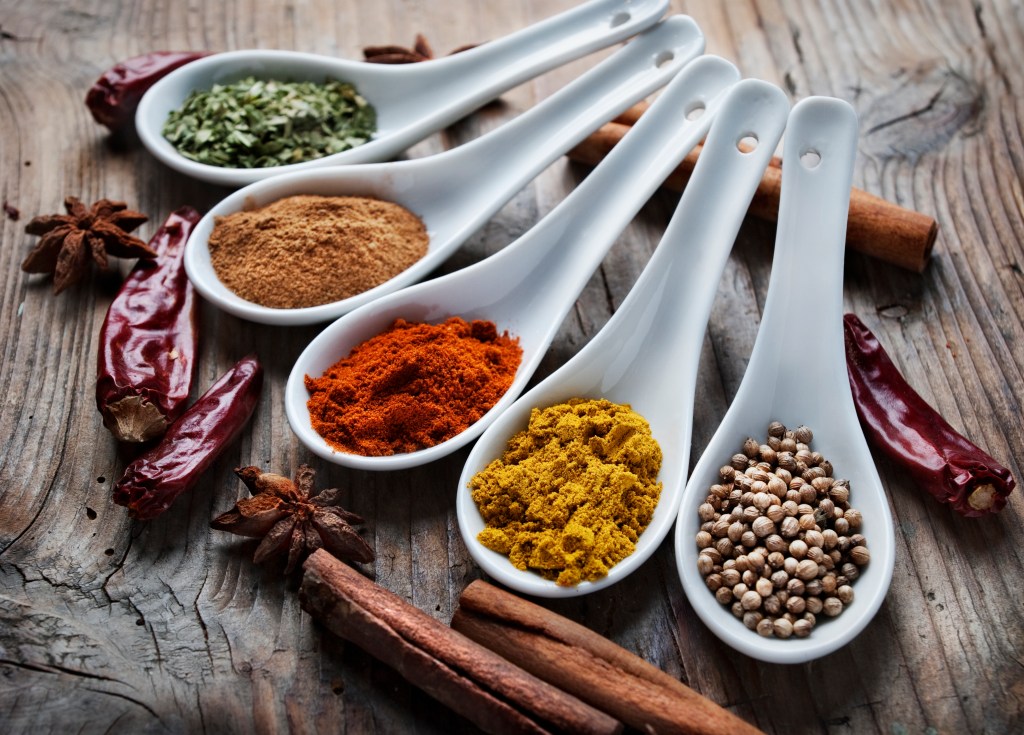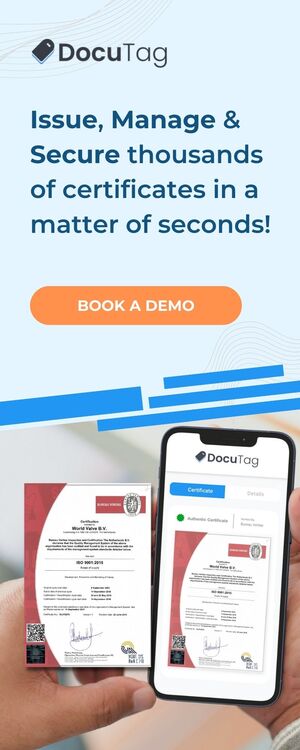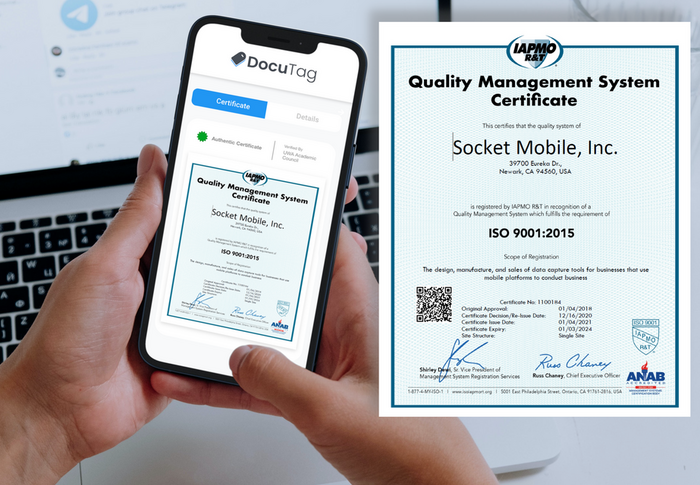Food Fraud is everywhere! This phenomenon has become one of the biggest problems in the food industry in recent years. It can take many forms, from adulteration and substituting ingredients to counterfeiting and misrepresenting a product. Which makes us question how safe is the food we eat everyday?
Check out our previous article to learn the risks of consuming fake food products and what to expect from them.
Here are 4 things you eat regularly that are probably fake.
Jump to specific parts:
COFFEE
As painful as it is to say, coffee is one of the most counterfeited food products out there, ground coffee, to be exact!
Although some companies advertise their products as “100% pure coffee”, most often than not, cheaper brands grind coffee and mix it with fillers.
According to Larry Olmsted book Real Food/Fake Food: Why You Don’t Know What You’re Eating and What You Can Do About It
“Contemporary researchers have found twigs, roasted corn, ground roasted barley, and even roasted ground parchment. Adulteration is more extreme in powdered instant coffee, where substances found have included chicory, cereals, caramel, parchment, starch, malt, and figs.”
Other inspections revealed the use of soybean, brown sugar, rye, acai seeds, corn, twigs, and even dirt!
These fillers allow them to produce high volumes of products without using that many coffee beans, saving them millions of dollars every year.
Besides being repellent and misleading, these additives are not harmless, they can cause serious health problems for people who are allergic or sensitive to the undeclared fillers, especially those with soy or wheat allergies.
So next time, think twice before buying that cheaper brand and preferably opt for whole coffee beans and grind them yourself!
HONEY

I hate to be the one who breaks it to you, but there is a high chance that the honey you bought from your local store and you consume every day is fake.
Here we are trying to be health-conscious and use honey as our trusty sweetener, just to realize that the said honey we have been buying is not only devoided of nutrients but unhealthy overall. At this point, should it even be called honey?
According to research commissioned by Food Safety News, up to 70% of honey options found in US grocery stores are either fake honey or have been processed to the point that the majority of food laws around the world would prevent them from being labeled as honey.
Researches had shown that lots of honey products are heavily diluted with high fructose corn syrup, a sweetener restricted by many countries due to its health risks, certain producers even chemically modify the sugars in the syrups to make them look like real honey.
Norberto Garcia, the President of the International Honey Exporters Organization, said: “In some way, there seems to be a surplus of honey. Where does that honey come from? If we consider that production is decreasing, and the demand is increasing, the only way to explain that gap is honey adulteration.”
What is more shocking is that there are no regulatory standards that control what can be qualified as honey, as complying with traceability certification organizations to prove the honey’s authenticity is voluntary and many honey grading systems have zero enforcement and does not even require inspections to carry an “A” grade.
In fact, there are only a few federal standards for honey, no government certification, and no consequences for making false claims.

I m not saying you should start your own beehive and make natural honey, but at least before you purchase your next bottle, do a bit of research on the options available and find brands that don’t use additives or at least that are not overly processed.
Here are two fake honey red flags:
-
- Sugar-free honey: Honey is naturally high in sugar, so steer away from any brand that advertises itself as “sugar-free honey”
- Blended honey: As its name states, a percentage of the product is pure honey ( 30% to 70%) blended with high-fructose corn syrup or other sweeteners.
CAVIAR

Did you know that 1/3 of all the caviar sold in Europe is fake?
Certain brands and stores are aware that the cost of real caviar pushes many people to look for cheaper alternatives. Therefore they made it low-priced by selling fake caviars that are very hard to spot.
The imitation of the salty delicacy is very common around the world. Manufacturers are producing different types of fake caviar using other fishes and ingredients such as capelin, a mix of gelatin, oil, colorants, seaweed, and even fish soup.
In Tokyo-Japan, for instance, workshops are making an imitation named Cavianne, from an unlikely mix of ingredients: squid ink, pectin from apples, extract of sea urchin, oyster, and scallop, as well as a type of gum, derived from kelp, creating these tiny balls that look exactly like black caviar.
What is alarming is that experts say that identifying the fake caviar from the genuine is very hard to do from the taste alone, but caviar lovers disagree, arguing that fake caviar is very noticeable as it does not give you the full, unique, and exquisite taste of the real thing.
I am no caviar expert but here are some tips I found to help you identify the fake.
-
- Real caviar have different sizes
- Real caviar isn’t sticky and does not smell a lot like fish.
- Real caviar should burst with an audible “pop”
- Check the label to know what variety of caviar you are buying as there are many.
SPICES

Similar to ground coffee, ground spices are frequently mixed with other components during the manufacturing process.
Inspections and quality testings of several spices that are commonly diluted or substituted revealed that:
-
- Pepper is most often grounded with nuts and papaya seeds
- Turmeric sometimes contain corn and colorants
- Oregano is often cut with dried weeds
An extreme spices fraud case is a factory in Uttar Pradesh’s Hathras, India, that turned out to be making fake spices using donkey dung, bhusa (chopped straws), and acids!
Therefore, The best way to ensure you are getting real spices is to buy them whole and grind them yourself.

As for cinnamon, many stores and brands were exposed to selling cassia as a cheap alternative. Cassia can be dangerous for health if consumed frequently or in large amounts, as it contains a toxin that can harm the liver and cause migraines.
Tips to identify real cinnamon:
- Check the label! Real cinnamon trees grow in India, Sri Lanka, Bangladesh, and Myanmar, while Cassia is produced in China and other southeast Asian countries
- Check if the packaging has Cinnamomum Verum ( True cinnamon) or Cinnamomum aromaticum (Cassia)
- Real cinnamon is very easy to break and light-colored compared to cassia
BrandTag as a Solution

Fake food is not only harming consumers but brand owners as well, especially those whose reputation or authenticity is being questioned by their customers or even the potential ones.
BrandTag is a SaaS (software as a service) solution that provides brand owners with the easiest way to prove their products’ authenticity and engage with their customers.
Our Solution gives each of your products a unique ID for consumers to scan and get a wealth of information about your brand. Simultaneously, you can gain an insight into their buying intentions and behaviors, helping you in determining your brand’s next marketing direction.
Want to find out more about BrandTag? Check out our article: All about BrandTag
TRY BRANDTAG OUT
Onboarding Assistance and 30 Days Free Trial Available







